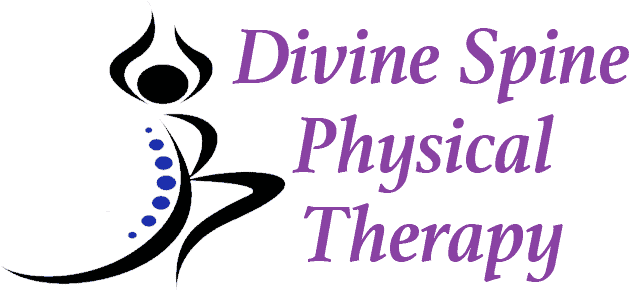Lower Back Pain & Sciatica Pain Relief
Did you know that up to 70 percent of Americans will experience low back pain at some point in their lives? With numbers like that, it’s no wonder that many times, low back pain can become a chronic issue. If you or a loved one have been experiencing any early warning signs of a back injury or sciatica that include numbness, tingling and intense pain – physical therapy can help. Our experienced physical therapist has the skills needed to provide safe, effective and non-invasive treatment for patients of all ages. Contact us today to learn more about the benefits of physical therapy for low back pain and sciatica.
